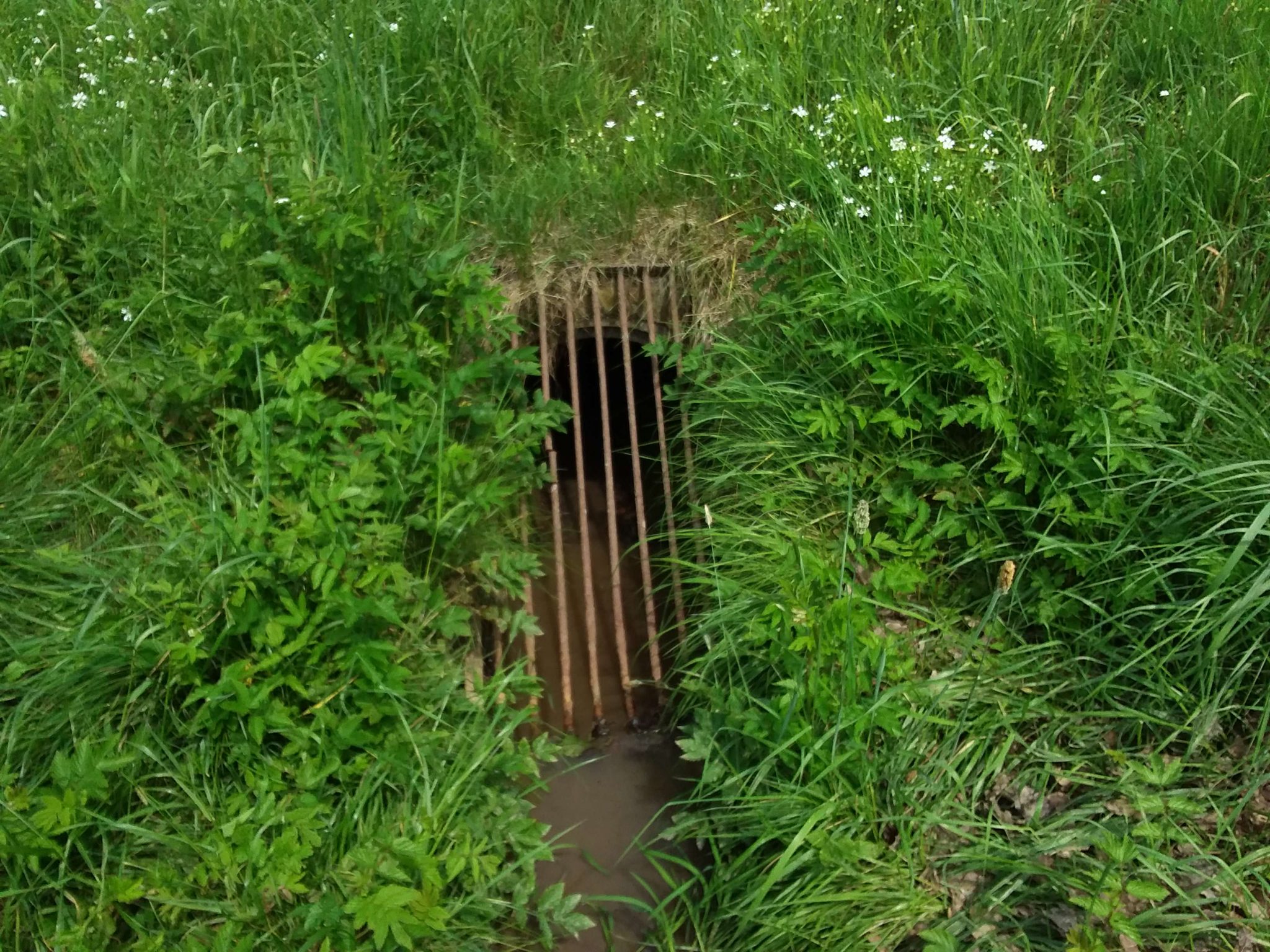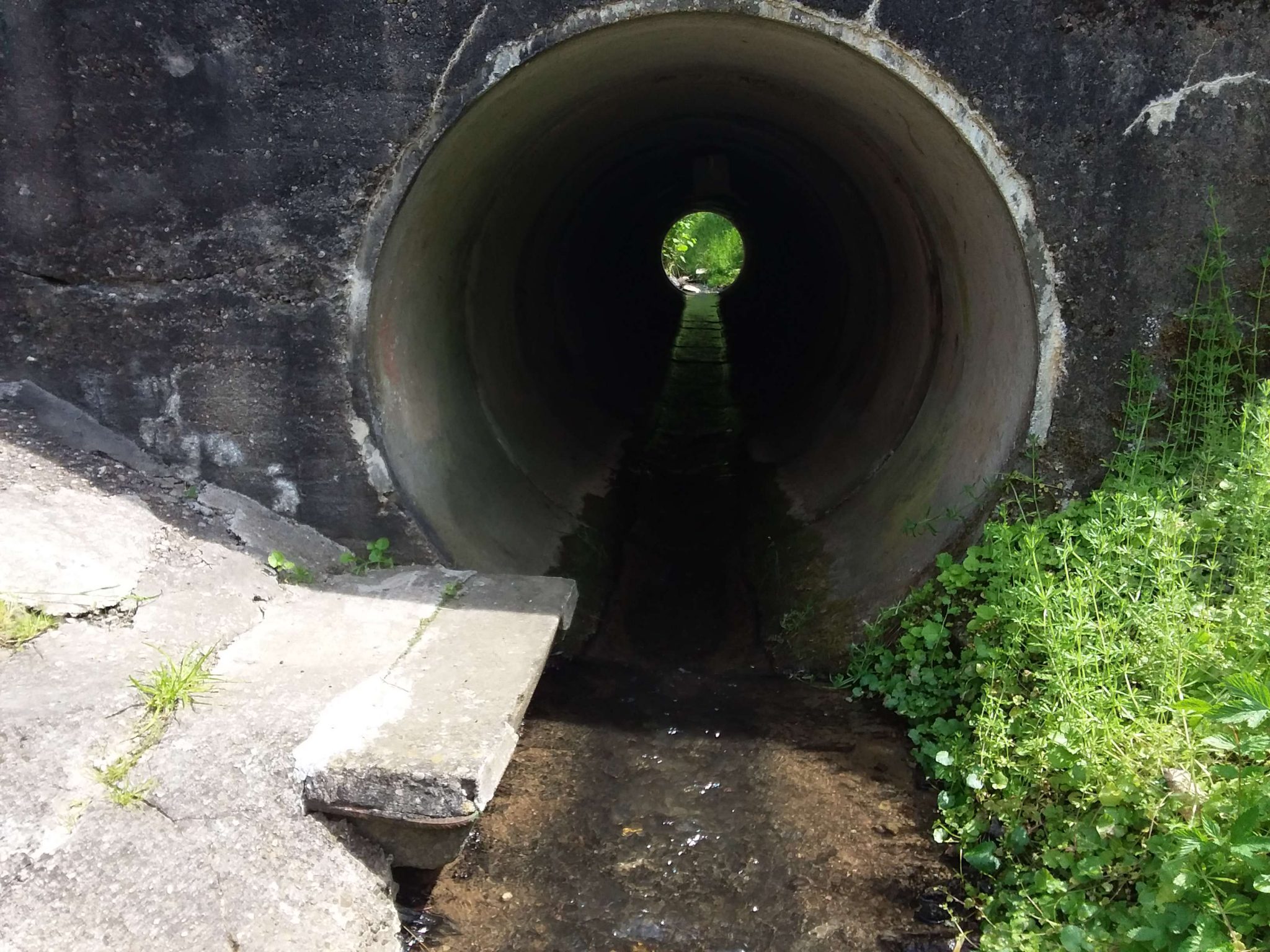General information
Client: Abwasserverband Libbach
Location: Hesse, Germany
Project duration: 2016 - 2017
Key characteristics: Catchment area: 55 km², inlet points: 11
Project description
First step in the integrated analysis was a review of the impacts from combined sewer overflows, storm water discharges and waste water treatment plants on the receiving water body status within the catchment. On this basis, SYDRO Consult GmbH compiled a short documentation of the current standards in hydraulic and pollution load modelling for urban sewer networks for the client. An overhauled pollution load model based on the recommendations of the short documentation was uses as basis for the further modelling studies.
According to a guideline document published by the German Federal State of Hesse, an intensive on site inspection was carried out to determine the current ecological status of the receiving water bodies in the catchment. An immmission based simulation model was applied next to calculate resulting hydraulic stress and water quality parameters, taking into account both urban and rural catchment areas.
Based on a statistical analysis of both discharge and water quality parameters, deficits were identified. An integrated planning of mitigation measures was carried out, including EbA measures within and in the vicinity of the water bodies, optimization potentials in the current management of the sewer network, and additional retention storage in the sewer network.
Services
- GIS based data collection
- Examination of the application limits of the guideline
- Demarcation of the detection area
- Evaluation of the waters condition
- Determination of the resettlement potential of benthic invertebrate
- Computional verification
- Hydraulic verification
- Material verification
- Integrated derivation of mitigation measures
Skills
- Detailed analysis and management of receiving water body morphology and ecology based on based on detailed modelling
- Synergistic derivation of mitigation measures



